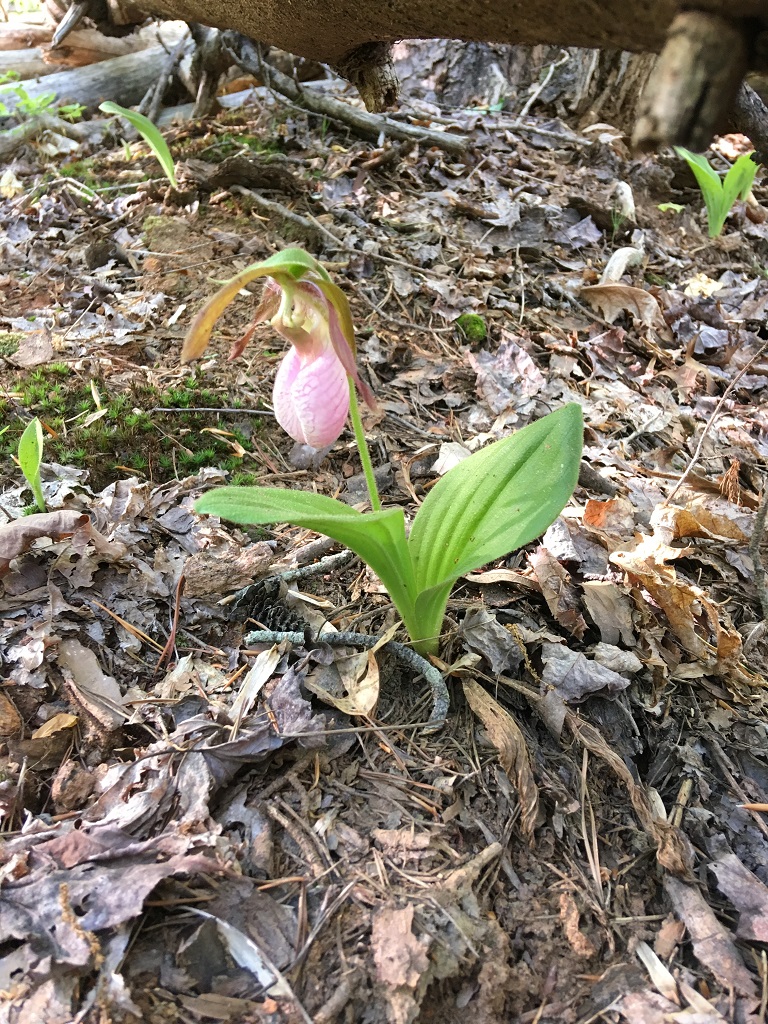Phred
Well-Known Member

 I had a bed outside when I lived on Cape Cod. I had 4” of gravel with a commercial weed barrier like the ones nurseries put their pots on on top of that. I had 4-5” of a 50% peat and 50% fine ground pine bark mix. I mulched every fall with 4” of pine needles. I never watered it and it only got rain. Plants were in full sun 1/2 day.
I had a bed outside when I lived on Cape Cod. I had 4” of gravel with a commercial weed barrier like the ones nurseries put their pots on on top of that. I had 4-5” of a 50% peat and 50% fine ground pine bark mix. I mulched every fall with 4” of pine needles. I never watered it and it only got rain. Plants were in full sun 1/2 day.



























